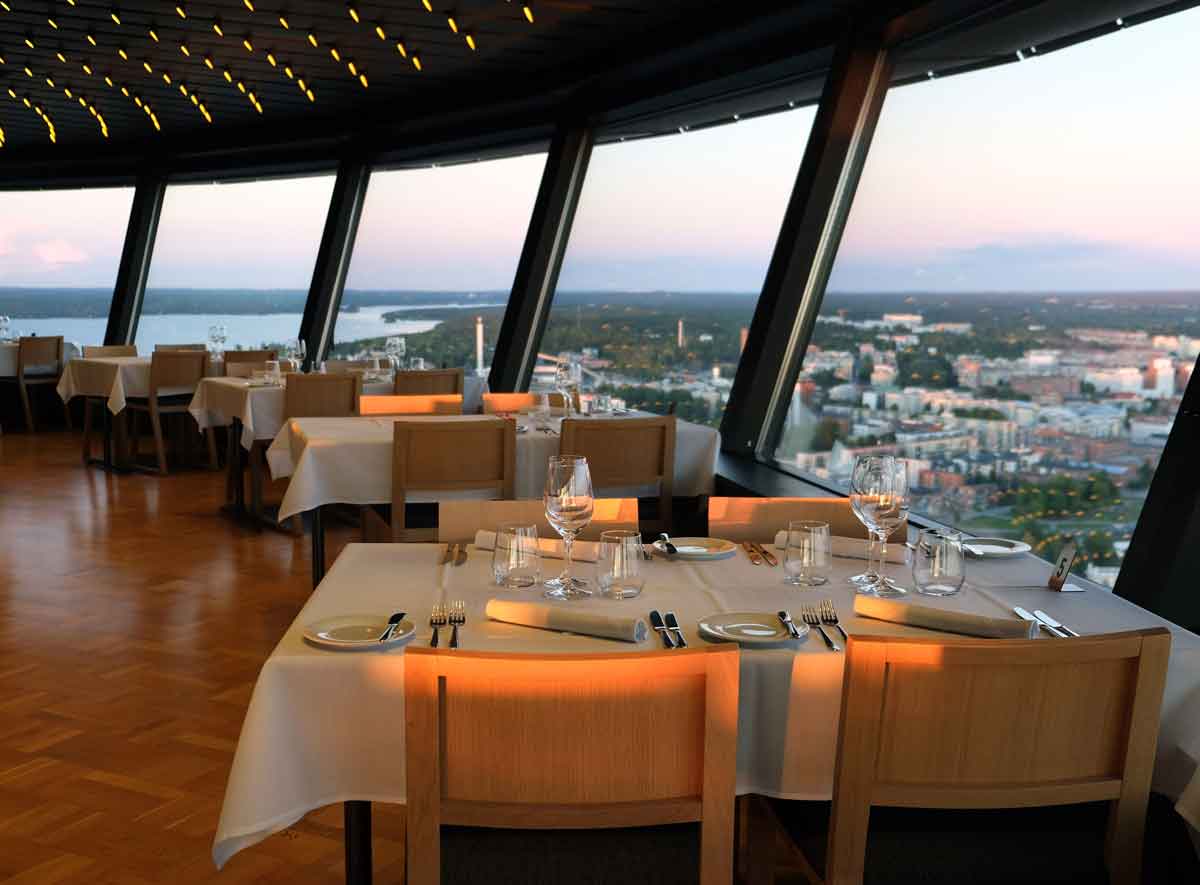In the world of hospitality, every detail counts. From the choice of menu to the décor of the venue, everything plays a crucial role in the customer experience.

But if there is one element that is often overlooked, but has a direct impact on the presentation and perception of the food, it is the restaurant plates. At PinkAnt, we understand the importance of this essential element and, therefore, we want to offer you a detailed guide on the different types of restaurant plates available, tips on how to choose the right one and how they can elevate the dining experience of your customers.
Tips for Choosing Restaurant Dishes
-
Brand Consistency: Choose dishes that reflect the style and personality of your restaurant. If your establishment is modern, opt for contemporary designs; if it is more traditional, classic dishes will be the best option.
-
Functionality: Consider the type of food you serve. For example, if your menu has a lot of soups, make sure you have enough bowls.
-
Durability: In the hectic environment of a restaurant, it is essential that dishes are sturdy and durable.
-
Ease of Cleaning: Dishes that are easy to clean and maintain can save time and effort in the kitchen.
-
Budget: While it is important to invest in quality dishes, it is also essential to stay within budget. Consider value for money when making a decision.
Types of Restaurant Dishes
-
Plain Plates: These are the most common and versatile. Ideal for serving main dishes, these plates usually have a diameter ranging from 24 to 29 cm and may or may not have a rim.
-
Deep Plates: Perfect for soups or dishes with sauces, they have a deep and rounded design.
-
Soup Plates: Similar to soup plates, but designed specifically for serving soups.
-
Dessert Plates: Smaller than dinner plates, they are ideal for desserts or cakes.
-
Pizza Plates: Large and flat, they are designed to serve and cut pizzas with ease.
-
Pasta Dishes: Slightly deeper, they allow you to serve and enjoy pasta properly.
-
Burger Plates: Flat and medium size, they are ideal for hamburgers and side dishes.
-
Color Plates: They bring a touch of color and design to the table, perfect for establishments with a specific theme or decoration.
-
Other Types: Include breakfast plates, bread plates, dinner plates, under plates, china plates, square plates, tempered glass plates and oval plates.
Before we dive further into the details of the dishes, it is essential to understand why presentation is so crucial in hospitality. Eating is a multi-sensory experience. Not only do we taste with our palate, but also with our eyes. A well-presented dish can elevate a delicious dish to a culinary masterpiece. The right plates act as the perfect canvas for this presentation, complementing and enhancing the food they contain.
Aesthetic Considerations When Choosing Restaurant Plates
-
Color: While white plates are classic and versatile, colored plates can add a distinctive touch. For example, a black plate can make the vibrant colors of a fresh salad stand out.
-
Shape: Plates don't always have to be round. Square, rectangular or oval plates can offer a unique and modern aesthetic.
-
Texture: Some dishes have textures or etched patterns that can add an additional element of visual interest.
Sustainability in the Choice of Dishes
With growing environmental awareness, many restaurants are looking for more sustainable options. Consider plates made from recycled or sustainable materials. In addition, durable dishes are not only a good long-term investment, but also reduce waste by not having to be replaced frequently.
Adaptability to Gastronomic TrendsGastronomy is constantly evolving, and what is popular today may not be popular tomorrow. When choosing dishes, consider versatile options that can adapt to different food styles and trends. For example, bowls are not only ideal for soups, but also for bowl-style dishes that have become popular in recent years.



